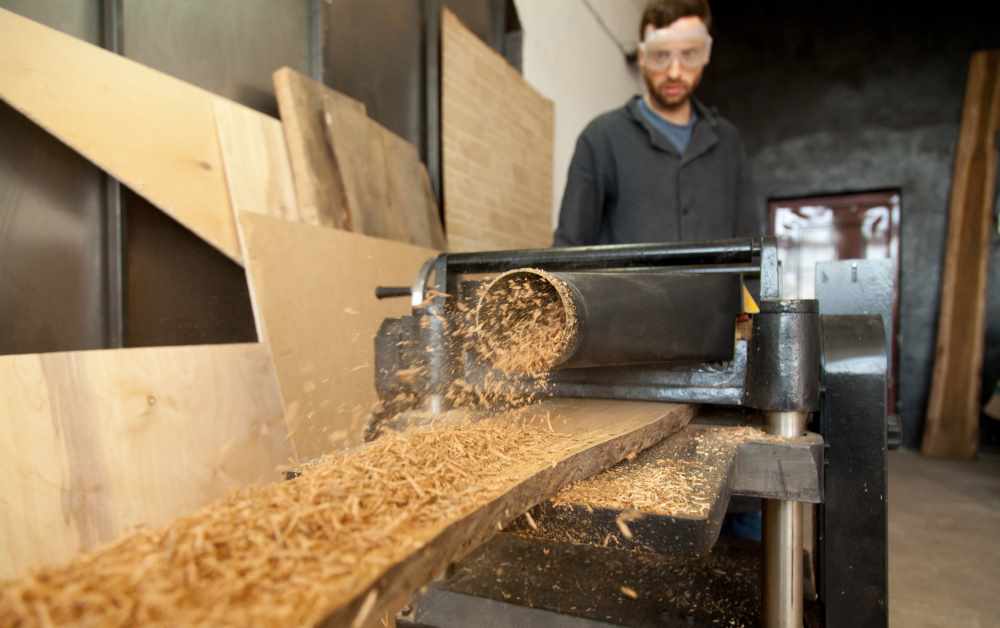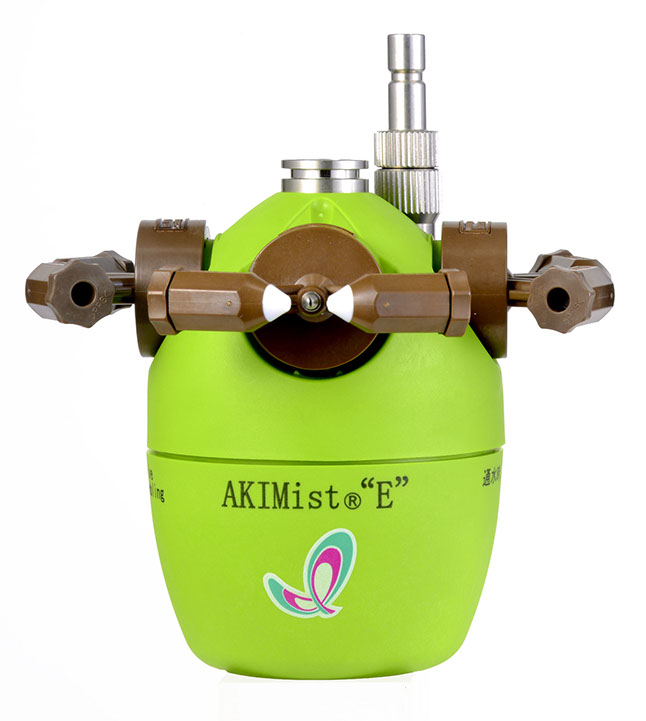February 9, 2024
What is the best humidification for wood processing?

Wood processing and humidity
Keeping wood at the optimal level of humidity is important for a number of reasons. Since wood is hygroscopic, it absorbs and releases moisture from its surroundings, depending on the humidity level. In dry environments, wood will release moisture, which can lead to shrinkage, warping, and even cracking. At high humidity, wood will absorb moisture and expand in size. With the optimal humidity control, you can avoid both of these unwanted scenarios.
Advantages of humidity control in wood working process
Flexibility
Humidification will actually make wood more flexible and easier to work with during processing, such as cutting, shaping, and milling. This can improve the efficiency and quality and reduce errors and scrap.
Uniformity
Changes in humidity levels can cause the wood to expand or contract, leading to inconsistency in sizes.
Quality
A stable humidification level, between 40-60%, is essential for ensuring the quality and performance of wood products. Humidification helps maintain uniformity in moisture content, resulting in higher-quality products with fewer defects.

Dust suppression in wood processing
Humidification also has the advantage that it suppresses dust created during wood processing. The humidification will prevent the dust from whirling around and reduce the risk of dust inhalation.
Why does humidification reduce dust?
1. Moisture in the air will cause dust particles to absorb water and become heavier. Heavier particles are less likely to stay airborne and tend to settle faster onto surfaces, reducing the amount of dust circulating in the air.
2. Dry air can increase static electricity, which can cause dust particles to become more easily airborne and cling to surfaces. Adding humidity can mitigate this effect by reducing the buildup of static charges, making it easier for dust to settle.
3. Moisture in the air can cause dust particles to stick together, forming larger particles that are easier to trap and remove from the air through filtration or settling onto surfaces.

Dry fog humidification for wood processing
The AKIMist® humidifier is a unique Japanese invention which offers full control on the humidity levels in a factory. AKIMist is known for its non-wetting abilities as the droplet size is less than 7.5μm. This means that the droplets are so small that they will bounce back without bursting on any surface. This is a very convenient ability in a wood processing facility with expensive machinery and materials which cannot get exposed to water or condense. At the same time, it is very energy-efficient and uses 80% less energy than conventional humidifiers.
Advantages of AKIMist® in a wood processing facility
- Non-wetting
- Increase wood quality
- Reduces product errors
- Reduces dust
- Improves worker comfort and safety
- Energy-efficient
- Easy to install
- Little maintenance
- Japanese quality
- Long longevity
- Read more about AKIMist here

